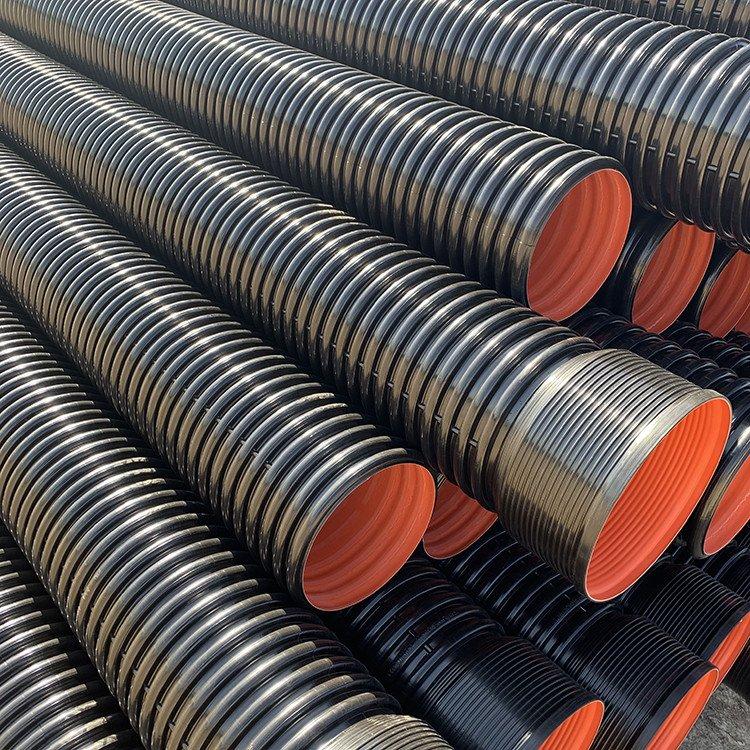Dec . 19, 2024 09:39 Back to list
ppr pipe vs pvc pipe service
PPR Pipe vs. PVC Pipe A Comparative Analysis for Service Applications
In the world of plumbing and piping systems, the choice of materials can significantly impact system performance, longevity, and overall efficiency. Among the most commonly used piping solutions are Polypropylene Random Copolymer (PPR) pipes and Polyvinyl Chloride (PVC) pipes. Each of these materials offers distinct advantages and disadvantages, making them suitable for different applications. This article explores the characteristics of PPR and PVC pipes, focusing on their suitability for various service applications.
Material Properties
PPR pipes are made from a thermoplastic polymer that boasts excellent flexibility and resistance to stress. They are primarily used for hot and cold water systems, owing to their ability to withstand temperatures up to 95°C. PPR material is also known for its resistance to corrosion, scale formation, and various chemicals, making it ideal for potable water supply lines.
In contrast, PVC pipes are lightweight, inexpensive, and easy to install. They are commonly used in drainage, waste, and vent (DWV) systems, as well as for cold water distribution. PVC has good tensile strength but can become brittle under extreme temperature variations. With a maximum temperature threshold of around 60°C, PVC is typically not suited for hot water applications.
Installation Considerations
Installation methods for PPR and PVC pipes differ significantly. PPR pipes require a fusion welding process, which creates a strong bond between pipe segments. This method provides leak-free joints and durable connections, ensuring long-term reliability. However, it does require specialized tools and trained personnel, which can increase initial installation costs.
On the other hand, PVC pipes are usually joined using solvent cement or rubber gaskets, making installation quicker and more straightforward. This ease of assembly is a major advantage in residential projects where time and labor costs must be minimized. However, the joints in PVC pipes are not as strong as those formed in PPR systems, and improper installation can lead to leaks over time.
Durability and Lifespan
ppr pipe vs pvc pipe service

When it comes to durability, PPR pipes have a clear edge. With a lifespan that can exceed 50 years under normal conditions, PPR piping is resistant to long-term degradation, corrosion, and impact damage. This durability translates into lower maintenance costs and fewer system failures over time.
PVC pipes generally have a shorter lifespan, often ranging from 25 to 40 years. While they are resistant to corrosion, they can be susceptible to environmental damage, especially in areas experiencing extreme temperature fluctuations. Brittle failure can occur in cold weather, leading to potential system shutdowns and repairs.
Cost Analysis
Cost is a crucial factor for many stakeholders when selecting piping materials. PPR pipes typically have a higher upfront cost than PVC pipes. This expense arises from the material itself, the required fusion welding installation, and the specialized tools necessary for the job. However, the long-term benefits of PPR pipes—such as reduced maintenance costs and longevity—can justify the initial investment.
PVC pipes, being less expensive and easier to install, are favored for budget-tight projects. Their affordability makes them a popular choice for temporary solutions or where hot water is not a concern.
Conclusion
In summary, both PPR and PVC pipes have their unique advantages and limitations in service applications. PPR pipes excel in hot and cold water systems, providing durability and long-term performance at a higher initial cost. Conversely, PVC pipes shine in drainage and cold water applications, offering cost-effectiveness and ease of installation.
Ultimately, the choice between PPR and PVC pipes should be guided by the specific requirements of the project, considering factors such as temperature variations, budget constraints, and the expected lifespan of the piping system. By understanding the properties of each material, stakeholders can make informed decisions that align with their service needs and project goals.
-
DN100 PVC Well Casing Pipes | Durable Corrosion-Proof
NewsAug.04,2025
-
HORON 25mm PPR Plumbing Pipes - AI-Enhanced & Reliable
NewsAug.03,2025
-
HORON 25mm PPR Pipes - AI-Optimized Plumbing Excellence
NewsAug.02,2025
-
Premier HDPE Sprinkler Pipe Manufacturers | Durable Solutions
NewsAug.01,2025
-
DN500 HDPE Double Wall Corrugated Drain Pipes | Durable & Efficient
NewsJul.31,2025
-
1/2' PVC Electric Protective Pipe - Durable, Lightweight Conduit
NewsJul.31,2025

